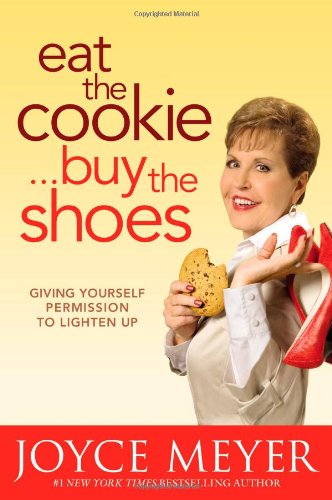Last year I read Michael Pollan's
In Defense of Food, which largely discusses processed food and how we get fewer nutrients and less overall
goodness the more our food is processed. He encourages his readers to eat food (real food, not unrecognizable processed inventions), not too much, and mostly plants. I had never really thought about the processing our food goes through before I read his book, and I had never really cared. But in the months afterward, I thought more about it and looked with more scrutiny on the things that I was getting from the grocery store.
Another book that has had an interesting influence on me is
Life As We Knew It, a young adult novel about a teenager living a normal high school life when the moon is struck by an asteroid and knocked closer to earth, causing the tides to turn into tidal waves, volcanic magma to be pulled up through the earth's crust into volcanoes, crazy storms, and all sorts of mayhem. The book follows this girl as she and her family try to survive inside their own house while the rest of society basically breaks down and their electricity, gas, and food sources slowly dwindle off.
So what does that have to do with food? That book really freaked me out, and for several days afterward I kept trying to figure out how Michael and I would fare in a similar situation. My conclusion: we'd be screwed. I realized how much I depend on the grocery store and large companies to produce, create, process, and package things I use everyday.
Necessities.
Self-sustainability isn't something I ever really cared about before, until I realized that I can't really do it. I thought about starting a vegetable garden, but on a practical level it seems a little silly when I am inundated every week with
a large basket of produce that I try my best to use every piece of. Plus, my now paranoid brain told me, if I was truly forced to be self-sustaining, I'd probably go nuts on only vegetables. Meat production is something that I've honestly thought about, wondering if I could really kill a chicken. I think I'm content to leave that as a speculation for now.
So I started thinking about flour. Wondering what I am really getting from the store. The flour is processed (who knows how?), bleached, and then nutrients are added back into the bread. One point in
In Defense of Food is that for some reason, people who had a whole food (rather than a food that had been processed and had nutrients added back in) fared nutritionally better. Even if, as far as science can tell, they are getting the same nutrients. For some unaccounted for reason, the whole foods nourish better than foods that are broken down and then put back together in terms of separate nutrients.
For my birthday, I received a grain mill from Michael's wonderful parents. I'd been intrigued by the prospect of grinding my own wheat, even though I can't remember where to get wheat for grinding. So then I thought - what if I made bread from scratch? Like,
really from scratch. As in: grow the wheat myself? Because really, what do I even know about seed that I'm getting from the store? What fertilizers, pesticides, gathering methods, kind of storage has it gone through before it got to me? As you can tell with my investigation into meat, I'm really starting to wonder how foods are produced and brought to us, and the less I understand about that process, the more helpless I feel.
So, in the interest of experimentation, I started researching how to grow wheat.
Now I will tell you all the edible plants that I've grown before: basil. That I bought pre-grown from the store. I bought some seeds, too, and planted those, and they are sort of thinking about growing up. I manage to water the large basil and the seedlings most days. I use them in cooking a lot and it has actually saved me a bundle because buying fresh herbs from the store is highway robbery. That's pretty much it.
So am I crazy for thinking I can grow a
crop? Yup.
Bring it on.
Also, is it unpractical? Pretty much. I'm certainly not doing it for the money. Flour is just about as cheap as the dirt you can buy in the store. Maybe cheaper than dirt. I'm not really doing this to try to save money. I think it's more about the challenge. I want to see if I can really do it, if it's possible (and maybe sleep better knowing if an asteroid hits the moon, I might have a backup plan). Also, I'm starting to really value knowing exactly what has gone into my food and how it got on my plate.
So that's the why. Part 2 (and the following parts) will be about the how.
Part 2 will be coming very soon. Because guess what? Planting season is NOW.




















